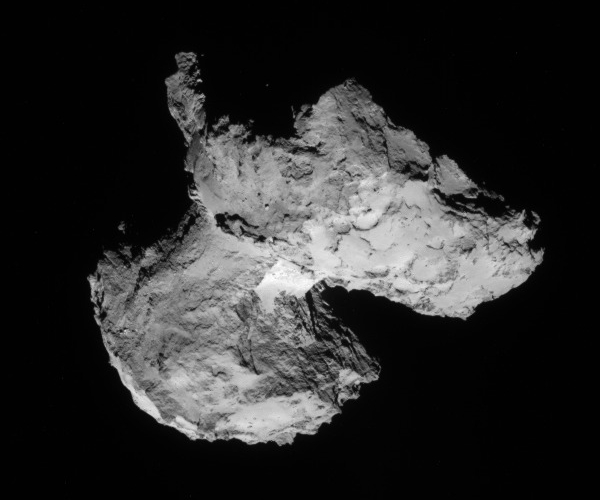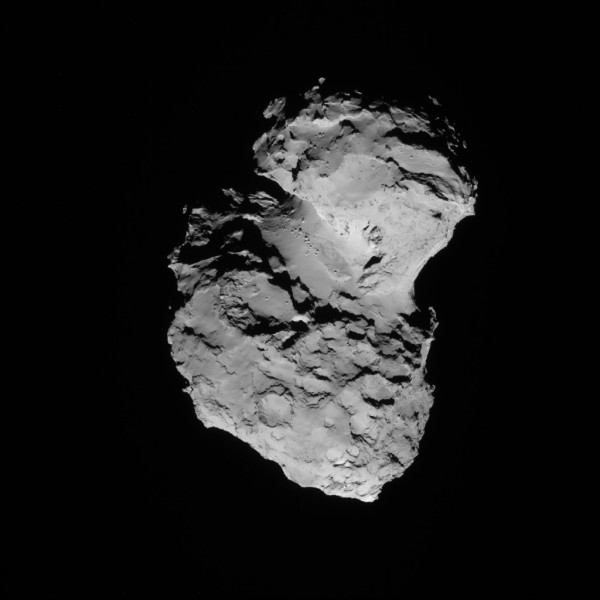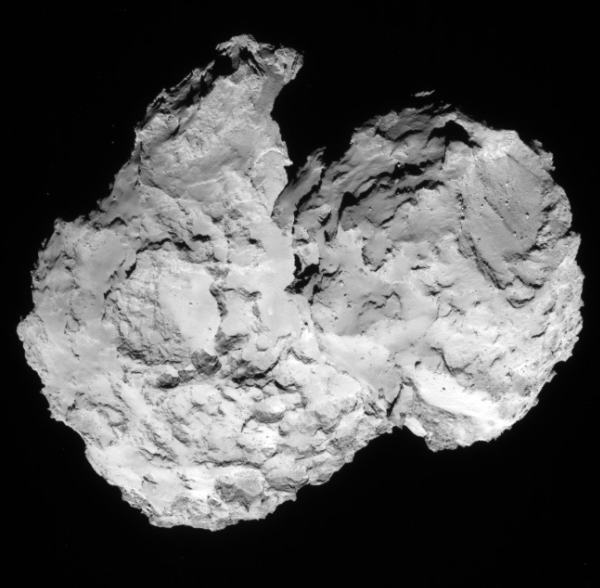NASA has set December 4 for the first test flight of Orion.
In related news, the Navy has successfully completed a splashdown recovery test of Orion.
I haven’t labeled these stories “The competition heats up” because I have serous doubts Orion or SLS will survive the next Presidential election, even if this test flight on a Delta 4 Heavy rocket is a complete success. And if you want to know why, just read the first article above. It lists the long troubled ten-year long history of this capsule, with the following punchline describing the schedule for further launches with the actual SLS rocket:
While the first SLS/Orion mission, known as EM-1, is still officially manifested for December 15, 2017 – internally that date has all-but been ruled out. Internal schedules shows EM-1 launch date as September 30, 2018, followed by the Ascent Abort (AA-2) test – required for crew launches – on December 15, 2019, followed by EM-2 on December 31, 2020.
I find also find it interesting that in describing the many problems Orion has had in development, the article fails to mention the cracks that appeared in the capsule that required a major structural fix. Nor does the article mention the ungodly cost of this program, which easily exceeds $10 billion and is at least four times what NASA is spending for its entire program to get three different privately built spaceships built in the commercial program.






